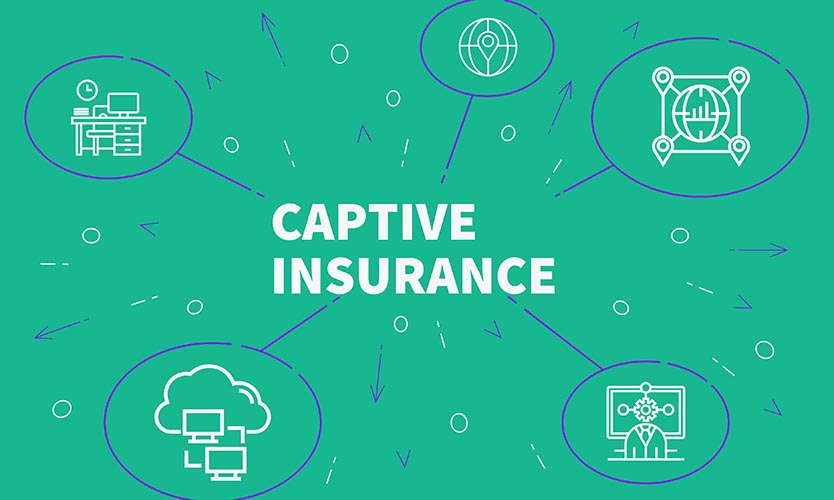Defining CUI Boundaries to Meet Critical CMMC Compliance Requirements
Securing Controlled Unclassified Information (CUI) isn’t just about locking down files — it’s about understanding exactly where that information lives, who can access it, and how it flows through your systems. That clarity is at the core of meeting CMMC compliance requirements. Defining CUI boundaries with precision gives defense contractors a real edge when it comes to achieving and maintaining CMMC level 2 compliance.
Explicit Network Isolation Clarifies CUI Segmentation
Establishing clear network isolation is one of the strongest ways to create boundaries around your CUI environment. Instead of trying to protect an entire network, you can segment systems and infrastructure so that CUI only exists in designated zones. These isolated networks — often called enclaves — can have dedicated access controls, monitoring tools, and data protections that don’t apply to the rest of your enterprise systems. That means less risk of crossover or exposure and a sharper focus during assessments.
From a CMMC level 2 requirements standpoint, this separation reduces scope and strengthens evidence of due diligence. By clearly defining where CUI lives and how it moves, you’re not only helping your team manage data more securely — you’re building audit-ready documentation. C3PAOs reviewing your setup will expect to see this level of intention. Clean segmentation makes it easier to prove compliance and harder for sensitive data to slip into the wrong part of your environment.
Detailed System Categorization Enables Accurate CUI Mapping
Knowing which systems process, store, or transmit CUI is essential. System categorization breaks your environment into understandable components and assigns them appropriate roles. This doesn’t just help your IT team — it gives your security staff a working map to define CUI boundaries with precision. You can’t protect what you can’t identify, and proper categorization removes ambiguity from your compliance efforts.
To meet CMMC compliance requirements, especially for CMMC level 2, accurate system identification allows organizations to confidently identify which parts of their infrastructure are in-scope. That clarity is critical for passing assessments. It allows CMMC RPOs to guide remediation plans effectively and helps decision-makers justify investments in security controls. Without detailed system mapping, data protections become fragmented, and compliance drifts off course.
Comprehensive Endpoint Identification Secures CUI Handling
Endpoints are often the most vulnerable piece of any security puzzle. Identifying every device that touches CUI — from laptops to mobile devices and virtual desktops — helps draw a hard line around what needs protection. This includes both physical and virtual endpoints, which can sometimes go unnoticed if not documented thoroughly. Knowing which endpoints are inside your CUI boundary ensures that all endpoint protection tools and access policies are deployed where they’re needed.
CMMC level 2 compliance demands rigorous endpoint control, including asset inventory, device encryption, and secure configurations. C3PAOs want to see that your endpoint management strategy leaves no gaps. Mapping your CUI boundary at the endpoint level helps meet those expectations and minimizes exposure during day-to-day operations. It also gives you a realistic scope of potential vulnerabilities — one that can be monitored and updated with precision.
Rigorous Data Tagging Reinforces CUI Control Measures
Tagging CUI within your systems helps you keep track of it as it moves, copies, or gets stored across platforms. By labeling data at the point of creation or entry, teams can apply automated protections such as encryption, monitoring, and access limitations. Rigorous tagging means every piece of CUI is treated properly, whether it sits in a document, an email, or a database.
Data tagging also helps streamline compliance documentation. For CMMC level 2 compliance, showing how your systems recognize and respond to CUI improves transparency. It supports continuous monitoring and simplifies incident response. C3PAOs often ask how an organization ensures sensitive data isn’t misused — proper tagging offers a clear, auditable answer backed by consistent enforcement.
Precise Logical Boundaries Facilitate CMMC Audit Readiness
Logical boundaries define the virtual walls separating CUI environments from the rest of your operations. These aren’t physical barriers — they’re enforced by software, firewalls, and policies that control data flows and system interactions. The more precisely you build these boundaries, the more effectively you can demonstrate which parts of your infrastructure are in scope.
Clear logical boundaries make audit preparation more manageable. CMMC RPOs use these definitions to evaluate readiness and tailor assessment strategies. And C3PAOs rely on those same definitions to understand your security posture and assess control effectiveness. Without logical boundaries, auditors must sift through the entire network. With them, your assessment becomes more focused, more efficient, and far more likely to result in a positive outcome.
Consistent Boundary Validation Maintains CUI Security Integrity
Defining boundaries isn’t a one-time task — maintaining those boundaries is what keeps your compliance posture strong. Regular validation ensures nothing has drifted, misconfigured, or unintentionally exposed. Changes in your network, systems, or personnel can shift boundary lines, so scheduled reviews are necessary to keep your CUI protections accurate and up to date.
Boundary validation supports long-term CMMC level 2 compliance by catching issues before they become gaps. It gives leadership and assessors confidence that your controls are effective and consistently enforced. Whether through vulnerability scans, configuration checks, or access audits, regular validation shows that your organization takes data security seriously — and that CMMC compliance is a sustained priority, not a one-time milestone.









